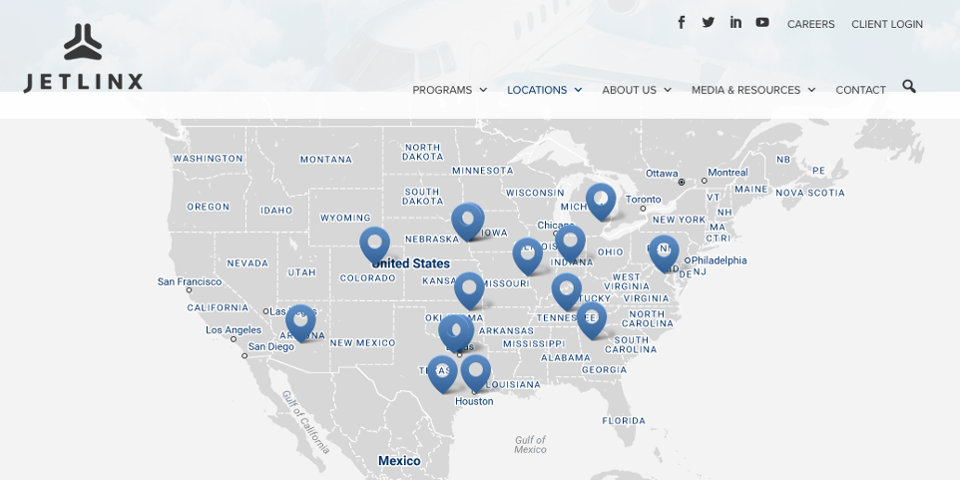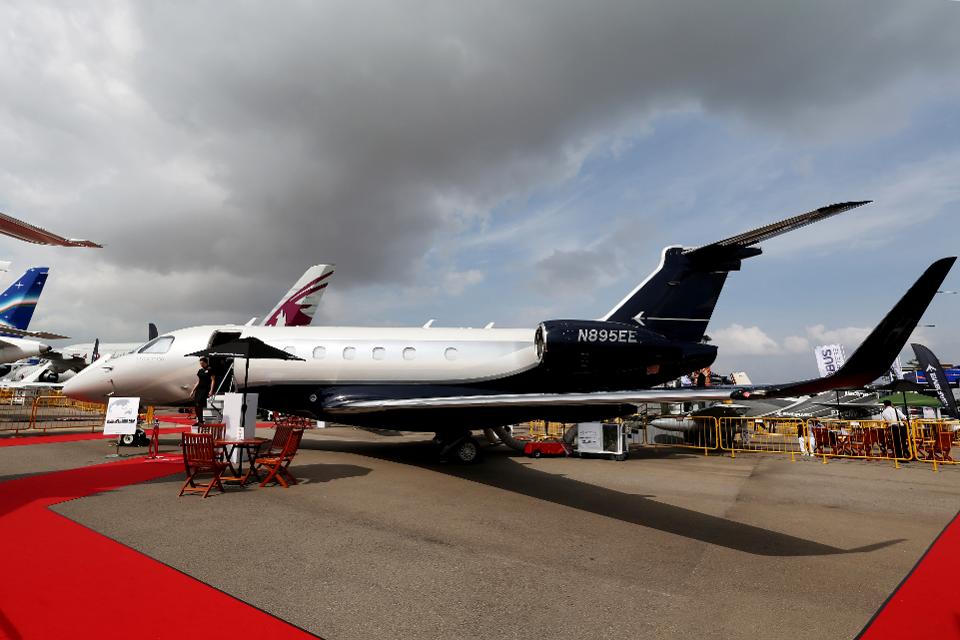
How Private Jet Travelers Were Still Flying Despite The Heat In Phoenix
How Private Jet Travelers Were Still Flying Despite The Heat In Phoenix https://csuiteold.c-suitenetwork.com/wp-content/uploads/2017/06/how-private-jet-travelers-were-still-flying-despite-the-heat-in-phoenix.jpg 960 480 C-Suite Network https://csuiteold.c-suitenetwork.com/wp-content/uploads/2017/06/how-private-jet-travelers-were-still-flying-despite-the-heat-in-phoenix.jpgIf you tuned on the news this past week you learned this time there were no “tapes” and that airplanes sometimes can’t fly in extreme heat. Nearly 50 flights by American Airlines were canceled, impacting thousands of passengers when temperatures at Phoenix’s Sky Harbor Airport approached 120 degrees. While thousands of airline passengers were being inconvenienced by weather as happens to tens of thousands of flights per year, private aviation fliers in many cases were getting where they were going ahead of schedule.
In some cases, even when flights can operate in extreme heat, particularly at higher altitudes, to fly, the planes can’t take off at their normal maximum takeoff weight thresholds. Instead, airlines need offload passengers or luggage and sometimes both until they get down to a safe takeoff weight.

Website screenshot
Jet Linx base locations
Airlines also limit what they do for you in terms of providing meal vouchers and overnight accommodations when cancellations or delays are weather related. On airplanes that seat under 60 people, normal compensation rules don’t apply if you are bumped because of weight and balance needs, meaning you might not even get some hard-to-use vouchers.
Typically, you can hope for the airline to book you on the next available flight, competing against passengers either paying higher fares or with Lifetime Cubic Zirconium status in their frequent flier program. In the past airlines were more likely to try and find you a seat on a competitor, but they are stingier than in the past. In 2015 Delta Air Lines and American Airlines ended an interline agreement that provided that type of option.
What’s worse, is with domestic airline flights at near record high load factors, it is not unheard of that passengers are told the next flight with seats might be several days later. If you are traveling as a family, it also can mean the option that will get you where you want to go means splitting up, sometimes not an option with young children. In other cases it means late night searching for an airport hotel or sleeping on the floor of the terminal. While foreign airlines tend to keep their lounges open longer when there are delays, U.S. airlines that don’t want to pay overtime have their lounge employees close down on-time even when flights are severely delayed.
Private jet travelers aren’t feeling sharing your pain. In addition to being able to show up for flights as little as 15 minutes before departures and being out of the airport five or 10 minutes after pulling up to the FBO (the private jet terminal), they often don’t find themselves having their plans put to waste by things like weather.
It’s not that the way private jets fly is different than commercial airlines. In fact, some of the same types of regional jets that had their flights canceled by American Airlines earlier this week also fly as private jets, except not with 70 to 100 seats crammed in.
Still, having fewer passengers isn’t the entire reason private jet travelers are less likely to be impacted by weather. Whereas you as a passenger has to wait until an airline posts a weather waiver before they will let you change your plans without a penalty, and they still impose limits on what changes you can make, private aviation is customer centric.
While giving us a tour of its Omaha operations center and headquarters as part of a celebration tied to taking onboard its 100th aircraft, Jet Linx Aviation President Jamie Walker showed off how the aircraft management company and jet card seller keeps its customers moving.
From the time either an aircraft owner or one of its jet card members schedules a flight, Jet Linx starts planning for the flight, particularly any impediments that might come up from crew hour restrictions and possible mechanical delays to weather. Every of the scheduled flights is shown on a high-tech screen in its operations center, with yellow and red markers next to flights with potential problems its team has to solve. In fact, the team…






